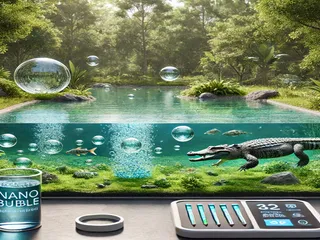This page explores the fascinating world of crocodiles, gharials, turtles, and fish, highlighting their unique characteristics, habitats, and ecological roles. These diverse aquatic creatures play crucial parts in maintaining healthy aquatic ecosystems.
Crocodiles
Crocodiles are large, carnivorous reptiles known for their powerful jaws and strong tails. They inhabit freshwater and saltwater environments across the globe. They are apex predators, playing a key role in regulating prey populations. Learn more about crocodiles on Wikipedia.
Gharials
Gharials, also known as gavials, are crocodilians with exceptionally long, slender snouts, perfectly adapted for catching fish. They are critically endangered and primarily found in the rivers of the Indian subcontinent. Their specialized diet sets them apart from other crocodilians. Learn more about gharials on Wikipedia.
Turtles
Turtles encompass a vast group of reptiles characterized by their bony shells. They inhabit diverse environments, including freshwater, saltwater, and terrestrial habitats. Their diets vary widely, from herbivorous to carnivorous species. Learn more about turtles on Wikipedia.
Fish
Fish are aquatic vertebrates, exhibiting an incredible diversity of forms, sizes, and habitats. They play fundamental roles in aquatic food webs, serving as both prey and predators. They are crucial indicators of water quality and overall ecosystem health. Learn more about fish on Wikipedia.
Ecological Interdependence
These four groups of animals are intricately linked within their respective ecosystems. Crocodiles and gharials prey on fish and turtles, while turtles may consume aquatic plants and insects. The health of one population directly influences the others, emphasizing the importance of conservation efforts for each species.














